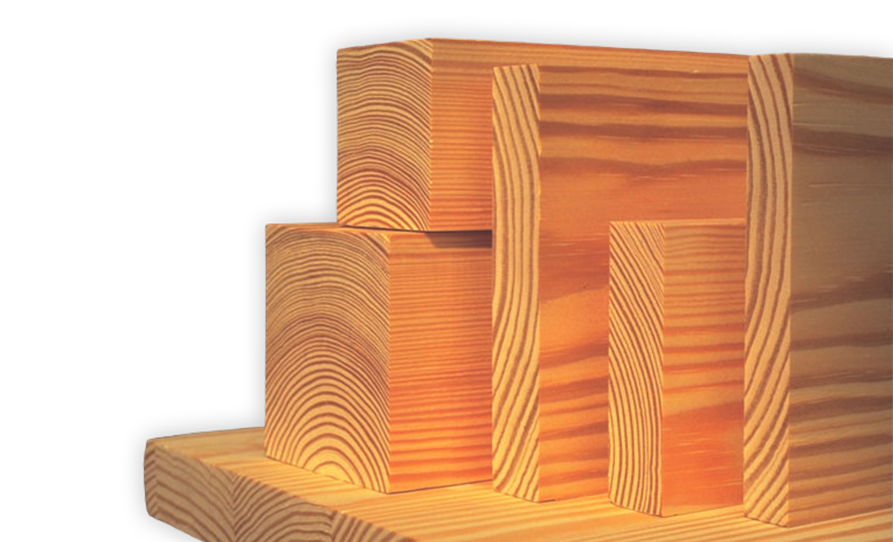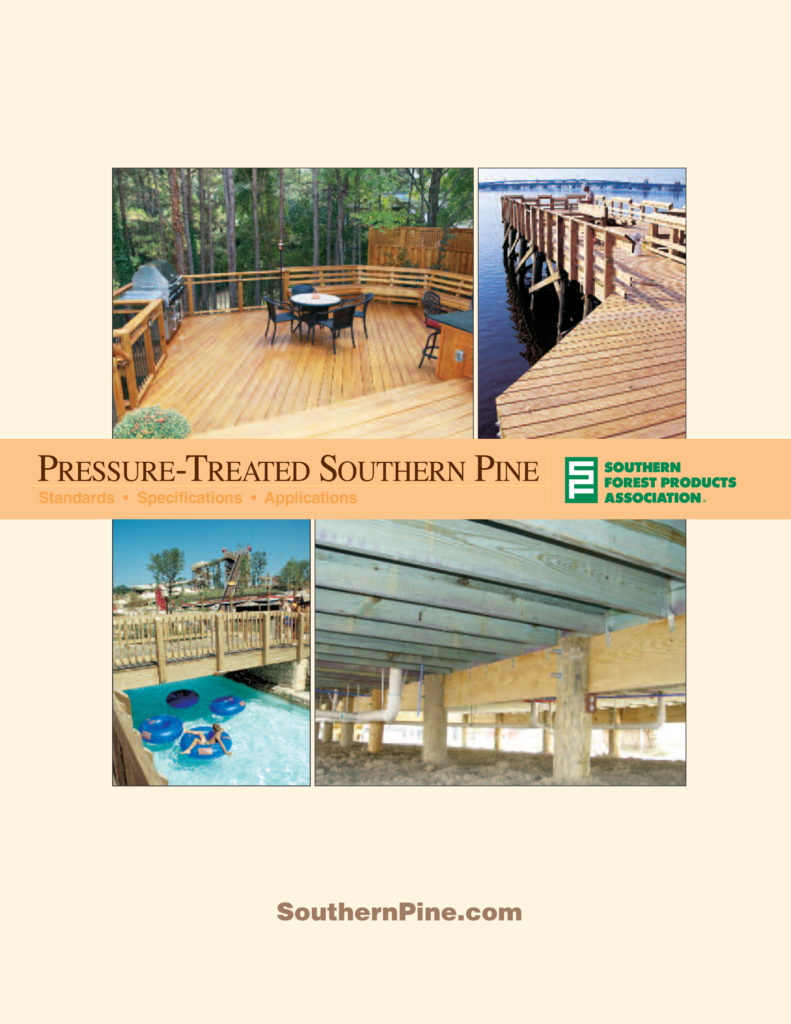Pressure-Treated Southern Pine
Why Use
Pressure-Treated
Southern Pine?
 Pressure-treated Southern Pine wood products are an economical and renewable building material for long-term performance.
Pressure-treated Southern Pine wood products are an economical and renewable building material for long-term performance.
Wood can be attacked by insects, microorganisms, and decay fungi, especially in high-moisture conditions. That’s why many builders opt for pressure-treated wood with preservatives to help ensure long-term structural performance to protect lumber used in a range of service conditions.
There are a variety of processes used to protect wood products, including pressure, non-pressure, thermal, nonbiocidal, and fire-retardant treatments. Each treatment process can also incorporate a variety of preservatives. And while there are options, the best preservative for any project largely depends upon the product, species, and end-use application.
Pressure treatment with preservatives protects wood exposed to high-moisture conditions and potential deterioration. Treated wood must meet minimum requirements for preservative penetration and retention for use in a particular service condition.
But not all wood treats the same. Most wood species do not easily accept preservatives and must first be “incised,” or perforated along the surface, which reduces the wood’s strength and stiffness.
Southern Pine’s unique cellular structure, meanwhile, does not require incision, allowing preservatives to penetrate deeply and rendering it useless as a food source for fungi, termites, and micro-organisms. Its superior treatability makes it the preferred species for pressure treatment with preservatives.
Types of Wood Preservatives
There are three broad classifications of preservatives used to pressure treat wood products:
Waterborne
preservatives serve a variety of uses including residential, commercial, marine, agricultural, recreational, and industrial applications. They are most frequently specified because they are clean in appearance, odorless, paintable, and registered with the EPA for interior and exterior use without a sealer.
Creosote
preservatives, including creosote/coal tar mixtures, protect railroad ties, marine pilings, and utility poles.
Oilborne
preservatives are used primarily for utility crossarms and poles, piling, posts, and glulam.
Check out our Pressure-Treated Southern Pine publication to understand the proper specification and use of pressure-preservative treated Southern Pine products. Topics include:
- Introduction to pressure-treated Southern Pine
- Pressure-treating process code acceptance identification
- Wood preservative systems
- Specification guidelines and examples (simplified and detailed)
- Common preservatives and retentions by product and end use for:
- Residential/business (interior and exterior)
- Agricultural, highway, and industrial
- Nonresidential (exterior)
- Round posts, poles, and timber pilings
- Glued-laminated utility poles
- Engineered wood products
- Marine (brackish and saltwater)
- Long-Term Performance
- Fasteners and connectors
- Dried-after treatment
- Design values
- Storage field treatments
- Installation, finishing, and maintenance
- Span Tables
- Applications
- Sustainability
Wood Preservatives
for Long-Term Performance
- Using the right fasteners and connectors for corrosion protection.
- Re-drying after treatment with waterborne preservatives for dimensional stability.
- Structural design, including using the latest design values and appropriate adjustment factors.
- Onsite job storage for moisture protection.
- Treatment for field-cut ends, notches, and drilled holes.
- Proper installation, finishing, and maintenance.
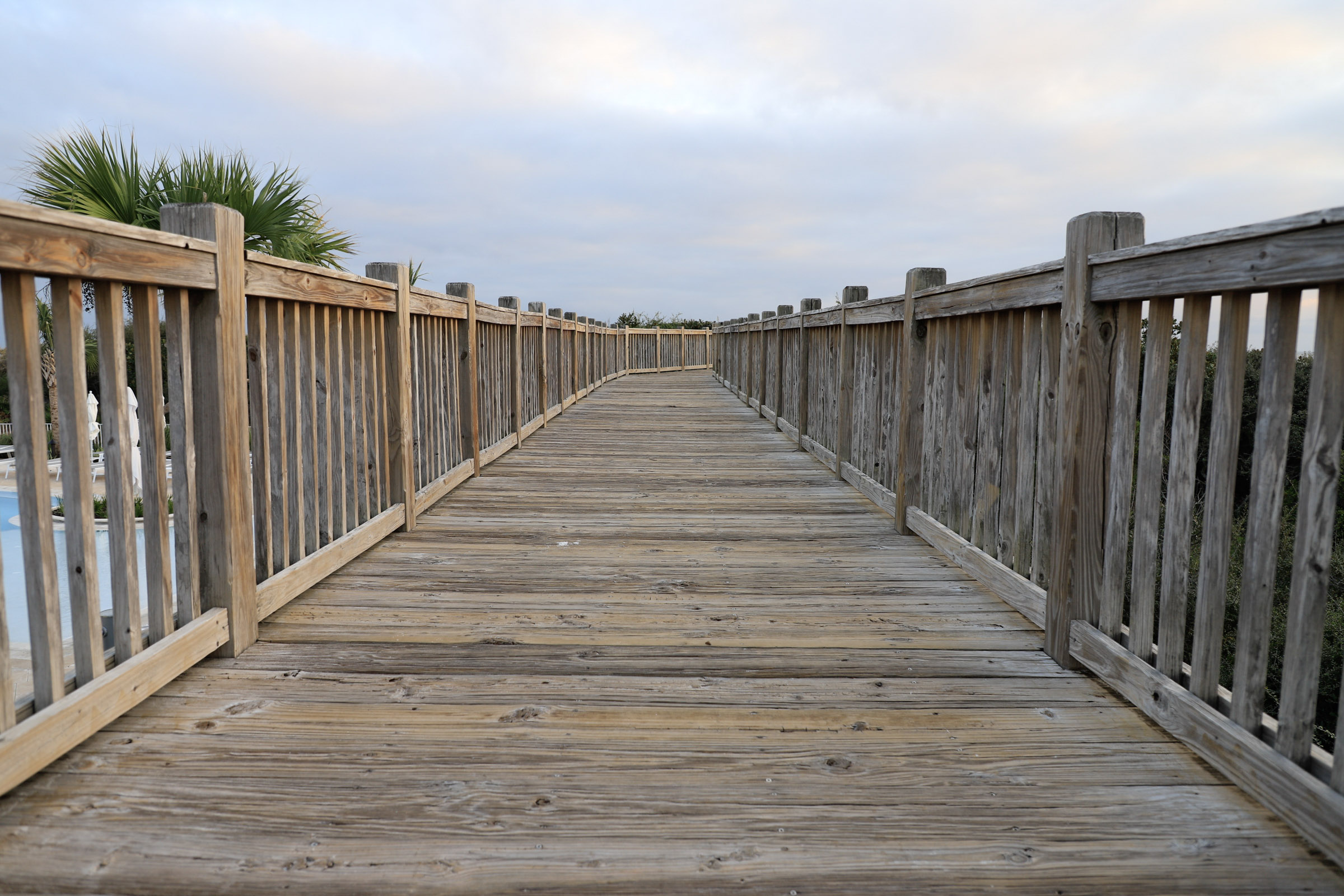
Proper Handling and Storage of Pressure-Treated Lumber
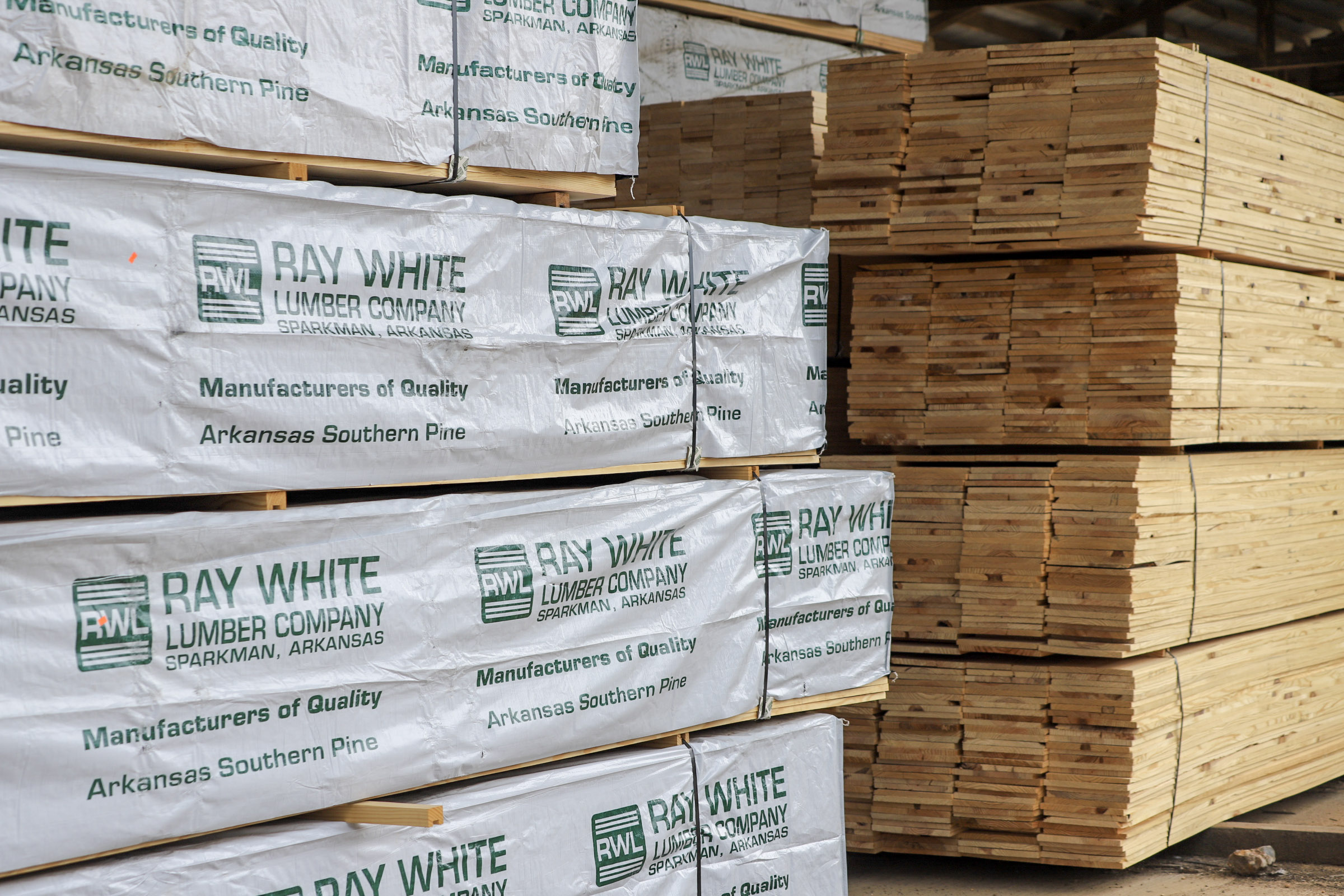
- Wear eye protection and a dust mask when sawing or machining treated wood.
- Avoid prolonged inhalation of sawdust from treated and untreated wood.
- Wash skin that came in contact with the wood and/or sawdust thoroughly before eating or drinking.
- Wash clothing that accumulated sawdust before wearing again, and keep it separate from other household clothing.
- Dispose of treated wood by ordinary trash collection or burial. Do not burn treated wood.
Pressure treating does not prevent the normal passage of moisture in and out of the lumber, so proper storage (before and during construction) is important. Treated lumber should be stacked and stored in the same manner as untreated wood.
Pressure-Treated Lumber:
The Lower Environmental Impact Option
Life Cycle Assessment (LCA) is an essential part of green building because it offers an objective and consistent way to measure the environmental impacts of building materials and assemblies. Study after study in Europe, North America, and elsewhere has shown that wood outperforms other products when considered over its complete life cycle, and LCA confirms the environmental and other advantages of wood construction.
But how does wood treated with preservatives compare to other building products used for the same application? Members of the Treated Wood Council published a series of life cycle comparisons on a range of treated products from decking to marine piling. Regardless of the application, analysis shows preservative-treated wood has a lower environmental impact when compared to steel, concrete, and plastic composites.
Check out the following the LCA reports to learn more about the sustainability of treated lumber:
- Treated Framing Lumber vs. Galvanized Steel
- Treated Lumber vs. Composite Decking
- Treated Wood Highway Guardrail Posts vs. Galvanized Steel
- Treated Wood Marine Piling vs. Concrete, Steel, and Plastic
- Treated Wood Railroad Ties vs. Concrete & Composite
- Treated Wood Utility Poles vs. Concrete, Steel, and Composite
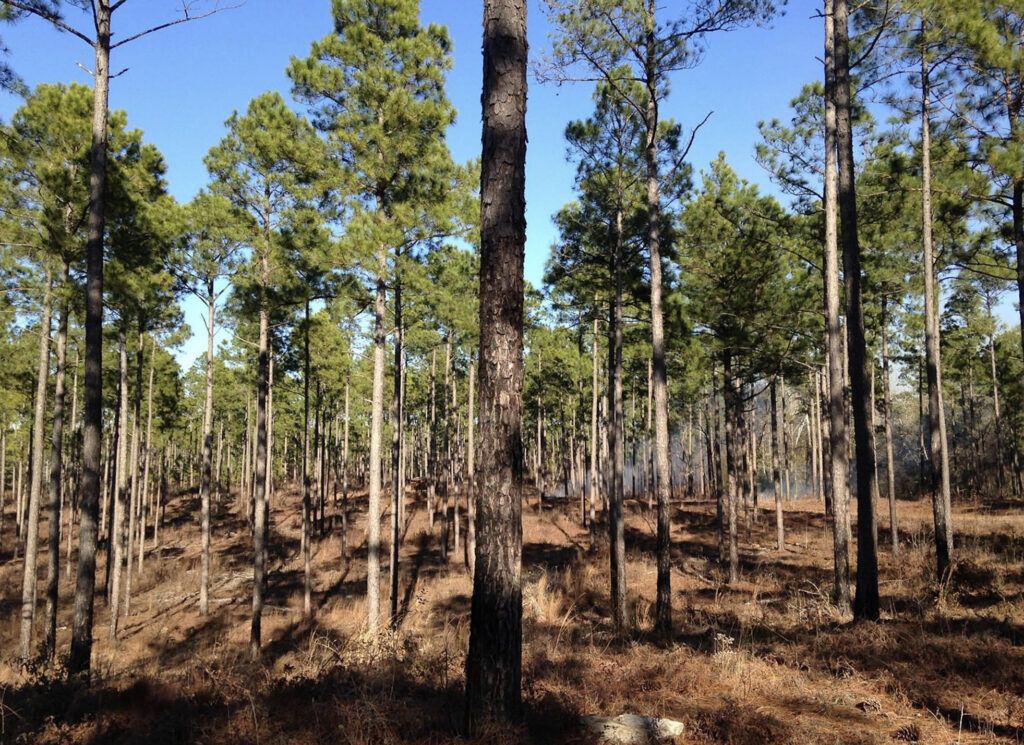
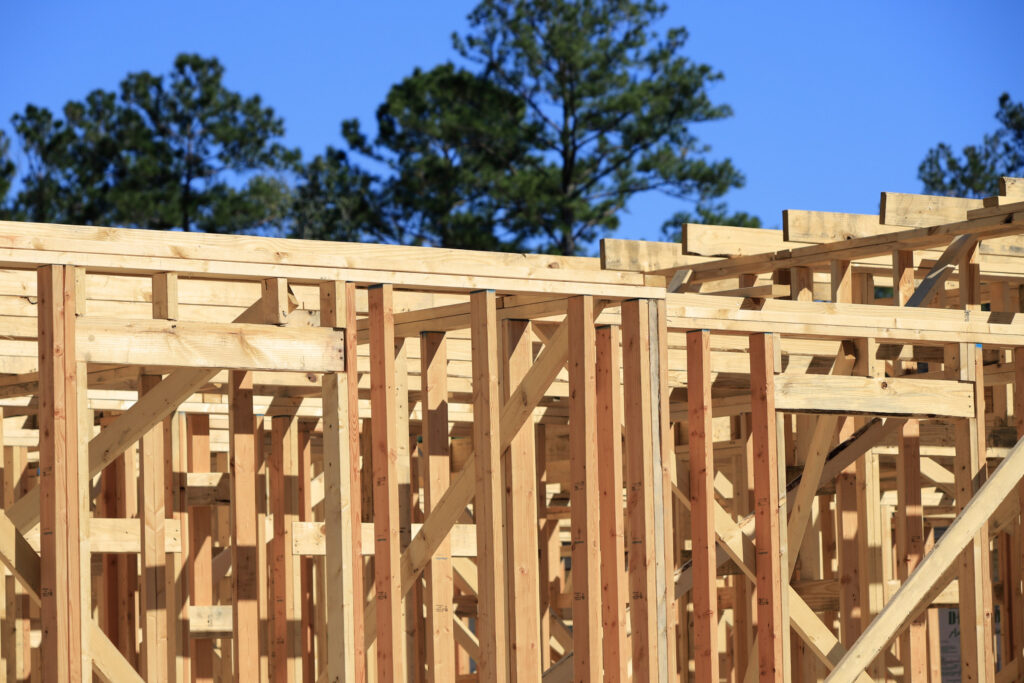
connect with a pressure-treated
Southern Pine lumber manufacturer today!

